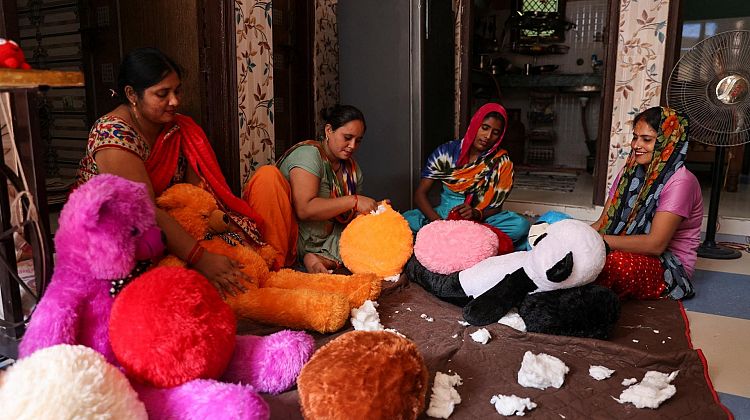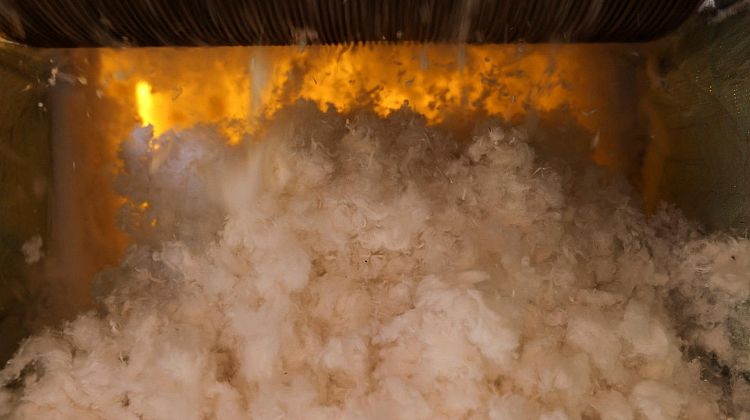
Founded in 2009 on the humble yet profound idea to make life with dogs simpler and better, Canadian company Earth Rated has evolved from being known just as a company that sells dog waste bags to now offering a diverse range of products that address the needs of dog owners worldwide.
The company now has a presence in over 40 countries, and is focused on product innovation and using business as a force for good. I recently caught up with Earth Rated CEO, Abby Gnanendran, to delve into these topics and how the company, which is also a certified B Corp, is shaping what it means to be sustainable in the pet product industry.
Abby Gnanendran: Back in 2009, we recognized a common issue faced by dog owners – the inconvenience of using large, flimsy, and wasteful grocery store bags to pick up after their dogs. That’s when we set out to create affordable, leak-proof, and high-quality poop bags, along with a handy dispenser. Since then, we’ve continued to innovate and launch new products to make life with dogs simpler and better. Today, Earth Rated bags are used by over 4.5 million people daily and can be found in over 20,000 stores in 40+ countries. We now have a new toy collection, a line of wipes and even more exciting things in the pipeline. We couldn’t be prouder of our humble beginnings and we’re grateful for what we’ve been able to achieve to date.
Marquis: It seems a big focus of Earth Rated is on innovation, in a product category that is not known for innovation. Can you say more about your innovation process?
Gnanendran: Our sharp focus on innovation is largely due to our community of loyal customers. Their keen observation of the details that our Innovation Team works tirelessly to bring to life, motivates us to continue creating thoughtfully designed products. For instance, their reaction to the convenient ‘3-bags-left’ sticker on our poop bag rolls, as well as our new toy line, has been nothing short of amazing. Innovation is so important for our company that in 2023, we unveiled our new Innovation Centre. This creative and inspiring space is on an entirely new floor at our Headquarters in Montreal, Canada, and serves as the primary hub for our Innovation Team to bring new products to life. We strive to make sure every detail of our products are carefully thought out, reliable and beautifully designed with our customers in mind. This centre’s open-plan layout, and flexible workspaces, create an environment that fosters innovative thinking. The space is intentionally designed to inspire and facilitate the flow of ideas, enabling the Innovation Team to push the boundaries of what’s possible in dog product development. Whether it’s the thickness of our poop bags, the signature hook on our dispenser, or the durability of our plant-based grooming wipes, we’re always evolving in order to tackle the most pressing consumer pain points from our valuable Earth Rated community so that we can offer the products pet owners wish they had.
Marquis: How do you think this approach to innovation and new products will affect the overall dog product industry?
Gnanendran: We began with a humble foundation, primarily centred around providing an essential dog product: poop bags. We’ve since evolved towards an approach steeped in innovation, recognizing that incorporating customer feedback into our daily operations is really our way of helping to propel the industry forward. We believe our company stands out in the pet industry because we actively listen to consumer feedback. By soliciting and valuing input from our community of dog owners worldwide, we ensure that our products not only meet their needs but exceed their expectations.
Marquis: How does your B Corp certification play into that impact? Why is B Corp certification important to Earth Rated?
Gnanendran: We’re incredibly proud to be a certified B Corp. For us, transparency is key. At the end of the day, anyone can claim to be sustainable, but having a third-party certification that can actually back it up, makes your brand more trustworthy. We also joined GreenCircle’s #BrandsYouCanTrust initiative by undergoing their Recycled Content Certification. By participating in initiatives that promote ethical business conduct, we’re not only elevating our own standards but also encouraging a collective industry-wide commitment to integrity and responsibility.
Marquis: What is the next set of innovations and plans you have in store for consumers?
Gnanendran: Overall, 2023 was such a pivotal year for our company as we revealed a new brand identity, a new innovation centre, a better poop bag, and a new collection of toys. It’s hard to believe we could ever top it, but 2024 is gearing up to be an exciting year! Looking ahead, we plan on continuing to push boundaries, challenge the status quo, and innovate for a brighter, more responsible future, for us and for our dogs. Stay tuned!
Source Forbes








